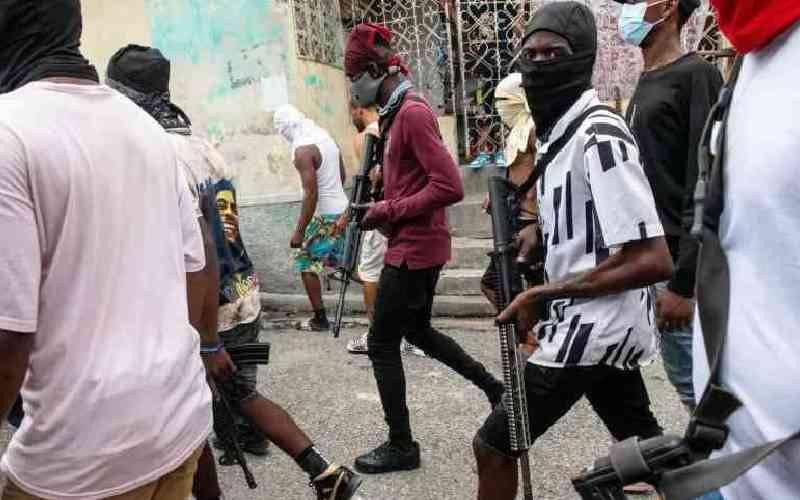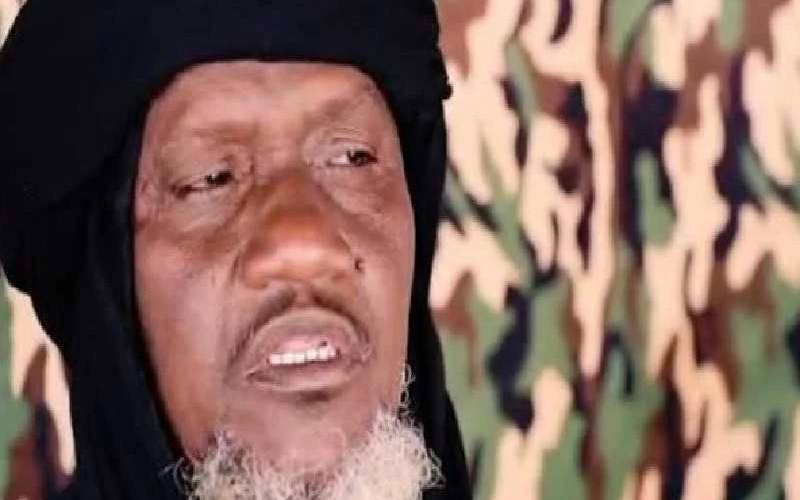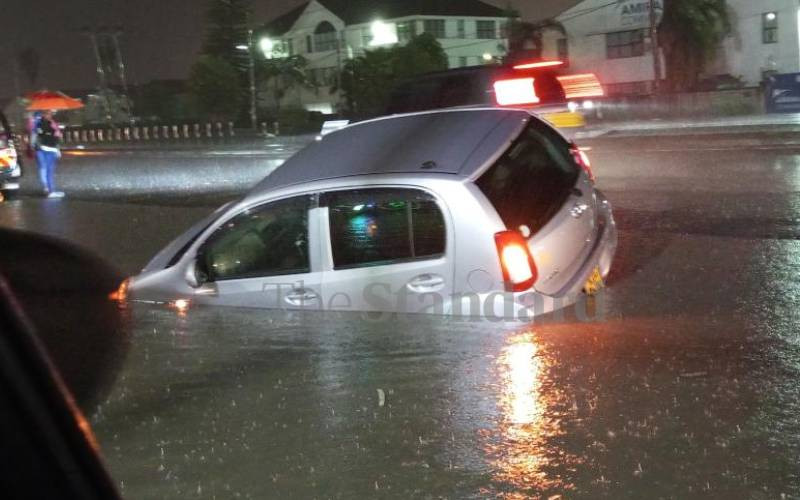My heart lurched when news started filtering through about last week's attack in Mandera. My reaction was ooh, not again. Sadly, Kenya suffered another needless loss of life.
I understand the pain and anger and the frustration from civilians towards the National Police Service and the Intelligence Community for missing to track and annihilate the danger before it happened.
Though rightful in their anger, I feel at times that we expect so much from our police officers.
Because in truth, the Kenyan law enforcement agencies are not ready and equipped to solve the challenges posed by terrorist groups. It is frightening that the National Police Service still functions in the same way it did 40 years ago before the age of the computer. It is becoming apparent that the force is not only ill-equipped, but also lacks the morale to fight the terror groups.
Yet in order to effectively fight terror, an efficient, well-functioning police service is critical. That sadly, is lacking. The tableau of a policeman behind a desk with a big occurrence book waiting for the public to report to them incidences of crime plays out in my mind. To start with, the Police have not attempted to study the dynamics of violence to classify them into terror and non-terror.
Terrorism needs a proper definition. At the moment, there seems to be confusion about what terrorism really is. The country is experiencing a general problem of insecurity ranging from urban crime to rural crime like cattle-rustling and of course also what is widely considered to be terror-related activity. But then, not all incidences now classified as terrorism are really acts of terror. The main epicentres of the terror activities are mainly in Nairobi, the coastal region and the North Eastern.
At the Coast, most of the violent activities have to do with the feeling of the locals of being deprived of land. Which consequently led to the emergence of groups such as the Mombasa Republican Council?
The problems of youth radicalisation and violence that subsequently followed have more to do with that and the infiltration of terror groups from Somalia. Terrorism therefore becomes a consequent of other forces.
Law enforcement agencies need to carefully separate the issues of agitation by the local people and the international politics of terrorism.
The situation in Nairobi and the Northern parts of Kenya is clearly the workings of groups affiliated to terrorist groups like Al Shabaab even though cases of violence due to business rivalry have also been reported. Where social economic factors play a role in fanning terror activities like in the Coast, the solution lies not always in the use of force.
The law enforcement agencies need to collaborate with other agencies like the National Cohesion and Integration Commission and the Office of the Ombudsman to understand the root cause of the dissent and why it manifests itself in violence.
And thereby unearth the reason why terrorism finds fertile ground in the disaffected youth more in the region, than say in Western or Rift Valley or Central. For all of these youth experience joblessness.
Once this is done, the pockets of terror-related violence can easily be isolated and suppressed using intelligence and counterterrorism strategies says Jessica Snapper in a 2011 paper on terrorism: Shifting Counterterrorism Paradigms (a paper I would recommend our security chiefs to read).
She warns that due to the increasing danger of trans-national terrorism and the widening number of countries affected by terrorist threats, "including threats to the country's sovereignty as well as its citizens, a more aggressive form of counterterrorism is needed."
In a nutshell, terrorist tactics must be examined to come up with more efficient and cost-effective measures "while upholding civil liberties and being mindful of costs."
She analyses four models that if used, can effectively deal with the danger of growing global terrorism. The war model assumes that terrorism is an act of war. Those fighting it will therefore labour to eliminate it by all costs. The defensive model examines terrorism as a physical and psychological threat. This aims to protect potential targets and victims.
Stay informed. Subscribe to our newsletter
Whereas the criminal-justice model assumes that terrorism is a crime. The perpetrators should be punished according to the rule of law. The reconciliatory mode views terrorism as a political problem that needs political solutions. None of these models is mutually exclusive. Let us contextualise the Kenyan situation. Is our security reactive or proactive in counter-terrorism?
We have witnessed before the buck-passing featuring the National Intelligence Service and the National Police Service about who knew what, and didn't act on what they knew or didn't know.
But from all attacks, it is clear that our security agencies are handicapped in intelligence gathering and dissemination.
For example, the operations in areas affected by terror such as in Nairobi, there is a lack of involvement by the local people. During the grenade explosions in Eastleigh in Nairobi for example, it was clear that most of the security personnel were officers who could not speak Somali, the lingua franca in the area making it difficult to undertake proper and effective counterterrorism activities.
So there are probably vital clues that the officers missed because of a tall language barrier. Therefore, the composition of the officers in areas where such terror activities are taking place need to be assessed for purpose of reorganisation.
The paper concludes by advocating for a proactive rather than a reactive approach to fighting terrorism.
"Vulnerability and threat analysis must drive operational responses" to terror, it says, not a reactive approach.
 The Standard Group Plc is a
multi-media organization with investments in media platforms spanning newspaper
print operations, television, radio broadcasting, digital and online services. The
Standard Group is recognized as a leading multi-media house in Kenya with a key
influence in matters of national and international interest.
The Standard Group Plc is a
multi-media organization with investments in media platforms spanning newspaper
print operations, television, radio broadcasting, digital and online services. The
Standard Group is recognized as a leading multi-media house in Kenya with a key
influence in matters of national and international interest.
 The Standard Group Plc is a
multi-media organization with investments in media platforms spanning newspaper
print operations, television, radio broadcasting, digital and online services. The
Standard Group is recognized as a leading multi-media house in Kenya with a key
influence in matters of national and international interest.
The Standard Group Plc is a
multi-media organization with investments in media platforms spanning newspaper
print operations, television, radio broadcasting, digital and online services. The
Standard Group is recognized as a leading multi-media house in Kenya with a key
influence in matters of national and international interest.









